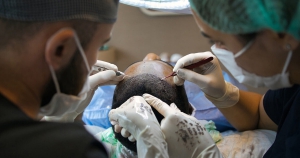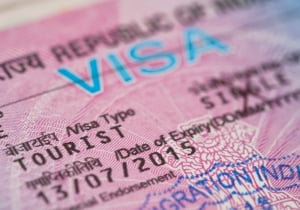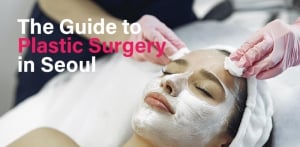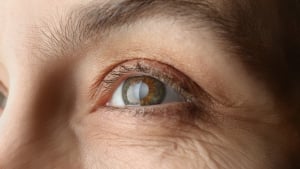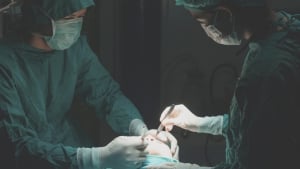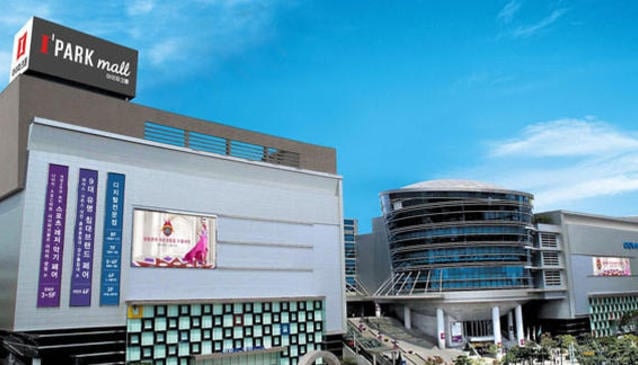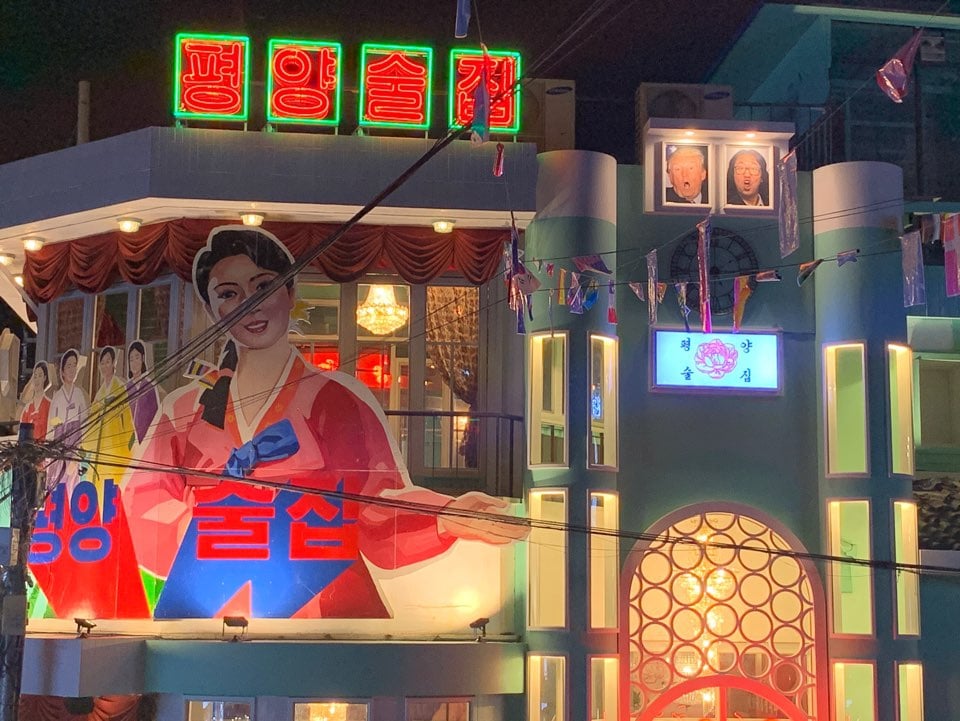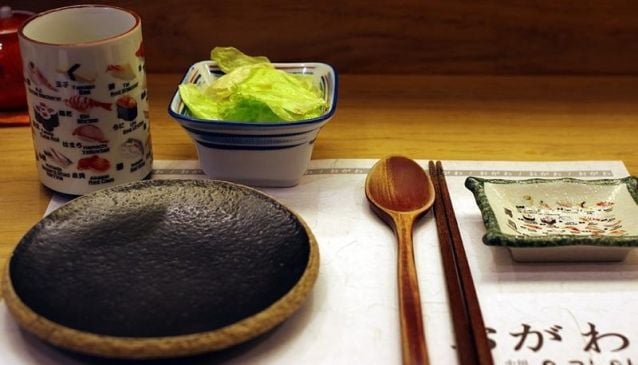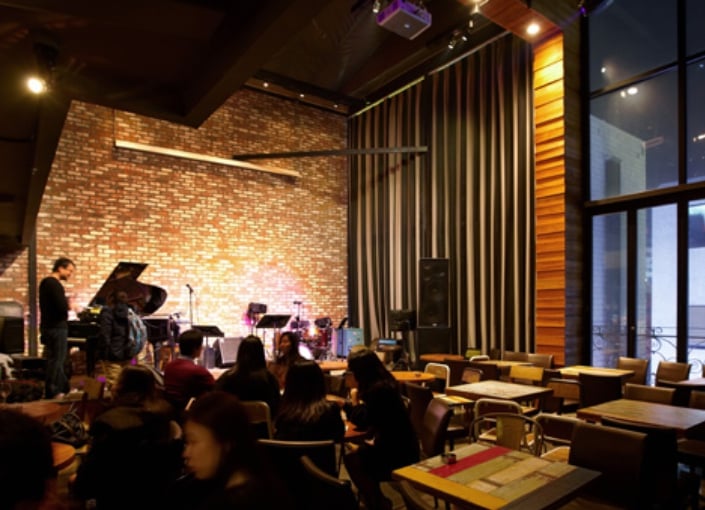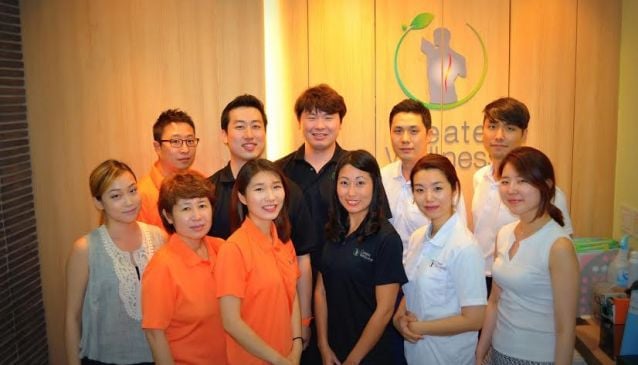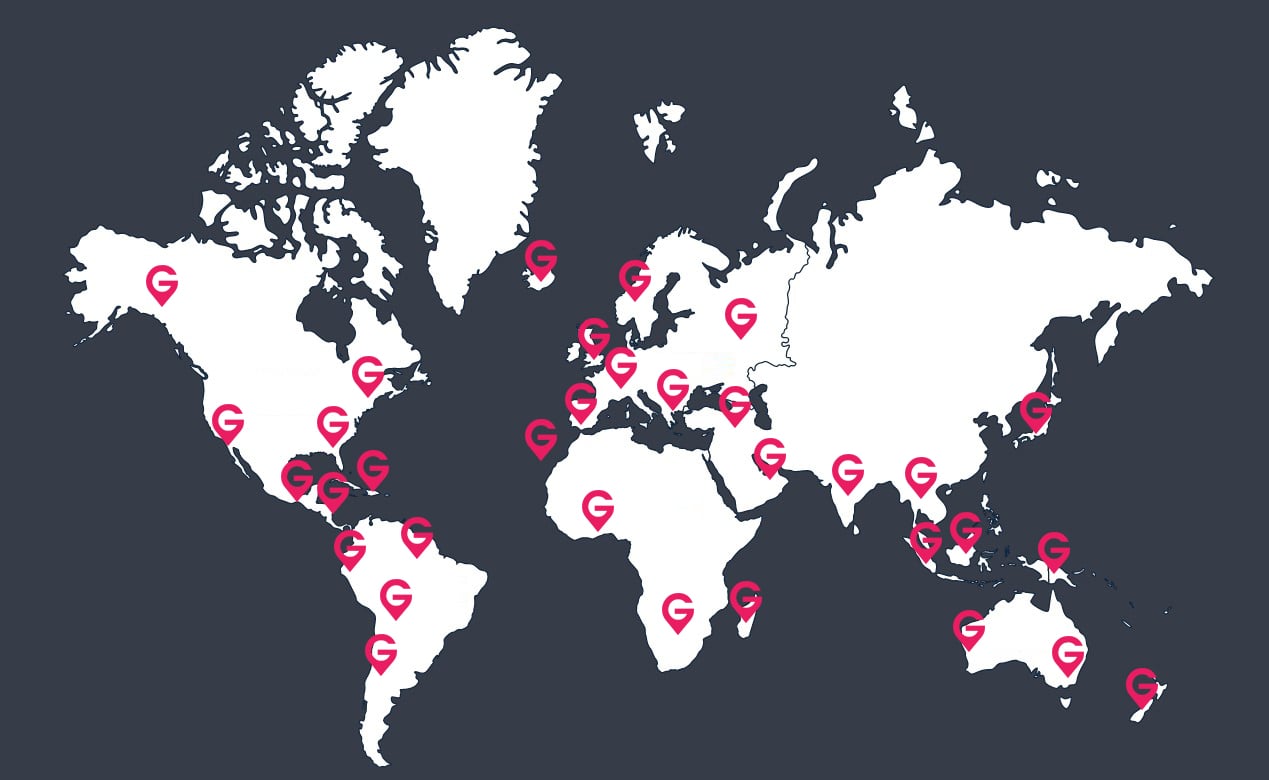Navigating Hair Transplant Recovery: A Week-by-Week Guide
Struggling with hair loss can be a distressing experience, but finding the right solution doesn't have to be. In this article, we are going to talk about hair transplant recovery process, especially about the timeline, what to expect each week, and expert tips for achieving the best results.
Hair Transplant Recovery Contents:
Introduction to Hair Transplant in Korea
Introduction to Hair Transplant Recovery
Week 1: Immediate Aftercare
Week 2: Early Healing]
1 Month Post-op: New Hair Growth
2 Months Post-op: Continuation of Hair Growth Cycle
3 Months Post-op: Emergence of "Wispy" Hairs
4-6 Months: The Growth Spurt
9-12 Months: Hair Thickening
12-18 Months: The Final Result
Expert Tips for Optimal Recovery: Complete Guide for Your Hair Transplant Journey
Frequently Asked Questions
Introduction to Hair Transplant in Korea
If you are looking for hair transplant procedure or hair loss treatment, Korea is actually pretty good destination for this. With a legacy of precision and artistry, Korea stands at the forefront of transforming lives through minimally invasive procedures that promise natural-looking results and quick recoveries. Whether it's combating receding hairlines or thinning crowns, discover how Korea's world-renowned medical expertise can offer you a safe, affordable path to restoring your confidence with a lush, resilient mane that stands the test of time. If you are interested in Hair Transplant in Korea in general, learn more in these articles below:
Full Guide To Getting a Hair Transplant in Korea
Best Hair Transplant Clinics Seoul
Parietal hair transplant with a wide range of hair loss...Scalp tattooing also helps
Best Hair Loss Treatment in Seoul
Actress Go Eun-Ah underwent hair transplant
Go Eun-ah, who are you now? She lost 12kg + became a different person after hair transplant
The Miracle of Korean Hair Transplant: A Life-changing Experience
Jeong Joon-ha receives under-eye fat relocation + hair transplant
Let's dive into why a Korean hair transplant might just be the life-changing decision you've been searching for. Are you looking for hair transplant Hair transplant recovery can vary from individual to individual, depending on the extent of the procedure and personal healing rates. Here's what you can generally expect:
Introduction to Hair Transplant Recovery
Hair transplant recovery can vary from individual to individual, depending on the extent of the procedure and personal healing rates. Here's what you can generally expect:
Week 1: Immediate Aftercare
- Redness, and discomfort may be present.
- It's critical to follow your surgeon's aftercare instructions.
- Avoid strenuous activities that may increase blood flow to the scalp.
South Korea's hair transplant clinics offer both FUE (Follicular Unit Extraction) and FUT (Follicular Unit Transplantation) techniques, each with its advantages. FUE is less invasive, leaves minimal scarring, and is preferable for patients concerned about recovery times. FUT, on the other hand, generally has a higher survival rate of transplanted hairs due to the strip method used in harvesting. Patients considering a hair transplant can find more information on why South Korea is the go-to destination here.
Week 2: Early Healing
In the 2nd week, redness and itchiness may continue. Scabs will begin to fall off, and it's important not to pick at them.
1 Month Post-op: New Hair Growth
Transplanted hair may shed, which is a normal part of the recovery process. Contact your clinic if you notice signs of persistent inflammation. A few clinics stand out among South Korea's many esteemed hair transplant providers. Known for their expert team and welcoming approach to international clients, more than several decades of dedication, and hundreds of thousands of surgery case. Clinics like Dream Hairline has been offering 1-day hair transplant service since 1997, several clinics in Gangnam, they offer bilingual services and a seamless experience for non-Korean speakers.You can check out Dream Hairline's excellence in hair transplant services online.
2 Month Post-Op: Continuation of Hair Growth Cycle
You may experience more hair shedding.
Patchiness in scalp growth is normal as hairs are in different stages of the growth cycle.
3 Months Post-op: Emergence of "Wispy" Hairs
New hairs will emerge, though they may appear thin and less pigmented before maturing.
4 to 6 Months: The Growth Spurt
Hairs will become thicker and stronger.
This is referred to as the 'ugly duckling stage,' where growth rates may vary.
9 to 12 Months: Hair Thickening
You'll notice significant thickening of the new hairs, and haircuts and styling are now possible.
12 to 18 Months: The Final Result
- All transplanted hairs should have emerged and matured fully.
- You can treat and enjoy your new hair as you would in any normal situation.
Expert Tips for Optimal Recovery
- Maintain gentle care when washing and handling your hair.
- Keep hydrated and follow a healthy diet to support hair growth.
- Protect your scalp from the sun to prevent irritation.
Frequently Asked Questions
How much does a hair transplant cost in South Korea?
The cost varies based on the number of grafts but is generally affordable in comparison to Western countries, ranging from approximately $3500 to $10000.
How long does it take to recover from hair transplant?
Recovery times may vary, but most patients return to work within a few days, and redness subsides within a week.
How long is it painful after hair transplant?
Pain is typically mild and can be managed with prescribed medication for the first few days post-op.
How long does it take to look normal after hair transplant?
Most patients feel confident to appear in public within 7 to 14 days after the procedure, with proper aftercare.
How many days should I take off after hair transplant?
It's recommended to take at least a week off to ensure proper healing without compromising the transplanted grafts.



